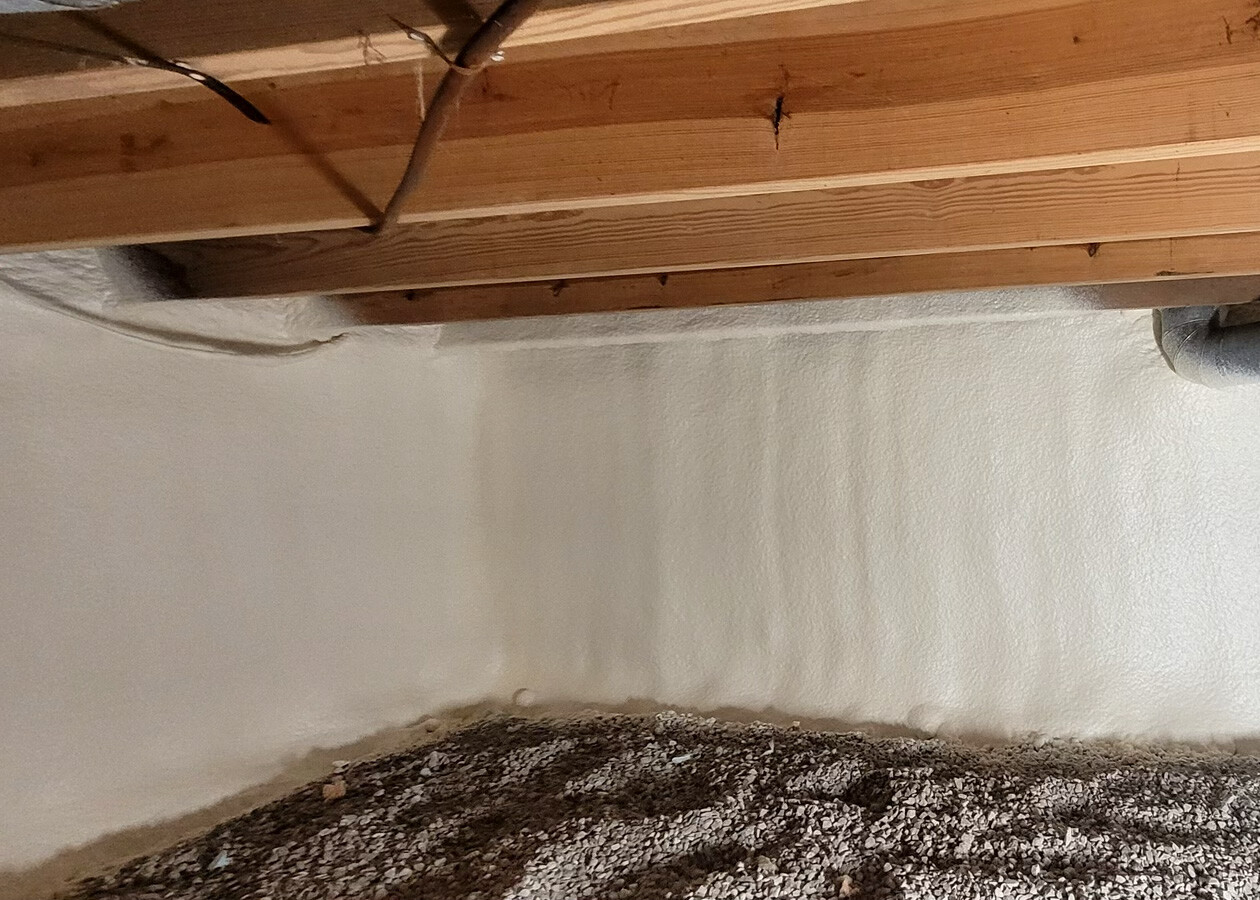Search for topics or resources
Enter your search below and hit enter or click the search icon.

If you’re thinking about insulation or ways to improve your home’s energy efficiency, you may have come across the term “closed crawl space.” But what exactly is it, and why does it matter for your home?
In simple terms, a closed crawl space (also referred to as an unvented crawl space or a conditioned crawl space) is a building envelope design where the crawl space area under your home is closed, sealed and made part of the building envelope. Instead of venting the space like a traditional crawl space area, it is designed to be a sealed, conditioned area, intended to manage moisture and keep pests out, which can help lower energy costs and protect your home from damage.
Let’s break down what a closed crawl space is, why people choose this type of crawl space design, and the main benefits it offers.
First, it’s helpful to know a bit about crawl spaces in general. A crawl space is an area between the floor of your home and the ground. The crawl space can contain important systems like plumbing, electrical wiring, and ductwork.
Typical crawl spaces have vents around the perimeter of the foundation walls to allow air to flow in and out. This “vented” crawl space design is common for moisture management, to prevent moisture buildup by letting fresh air ventilation dissipate humidity.
A closed crawl space has no vents that allow air or pests to move freely into the crawl space. Instead, a closed crawl space is carefully sealed and insulated to create a controlled environment. This type of crawl space typically includes:
Closed crawl spaces are becoming more popular for a few reasons:
- Better Moisture Control: In a vented crawl space, outside humidity can easily enter, increasing the risk of mold, mildew, and wood rot. A closed crawl space, on the other hand, is designed to keep that moisture out, protecting your home’s structure.
- Energy Efficiency: Since a closed crawl space is insulated and sealed, it helps keep your home’s temperature stable, reducing heating and cooling costs. With less air leakage, your HVAC system doesn’t have to work as hard to maintain a comfortable temperature.
- Pest Control: The sealed environment of a closed crawl space makes it less inviting to pests like rodents and insects. When vents and cracks are sealed, pests have fewer entry points, which can save you from future pest control costs and damage.
- Improved Indoor Air Quality: Closed crawl spaces reduce the amount of dust, pollen, and other allergens that can enter your home. This can be especially beneficial if you or someone in your household has allergies or asthma.
If you have an existing vented crawl space, converting it to a closed crawl space may be a smart move, especially if you have noticed issues like musty smells, high humidity, or unusually high energy bills. A professional insulation contractor can assess your crawl space and recommend a design that works best for your home and climate.
A closed crawl space can be a great investment in your home’s durability, comfort, and energy efficiency. By sealing off outside air and controlling moisture, you’re taking proactive steps to protect your home from the ground up. Whether you’re building a new home or upgrading your current crawl space, working with a professional insulation contractor is key to ensuring your closed crawl space is designed properly for you to achieve all the above benefits we have discussed.
Contact us if you have any questions.